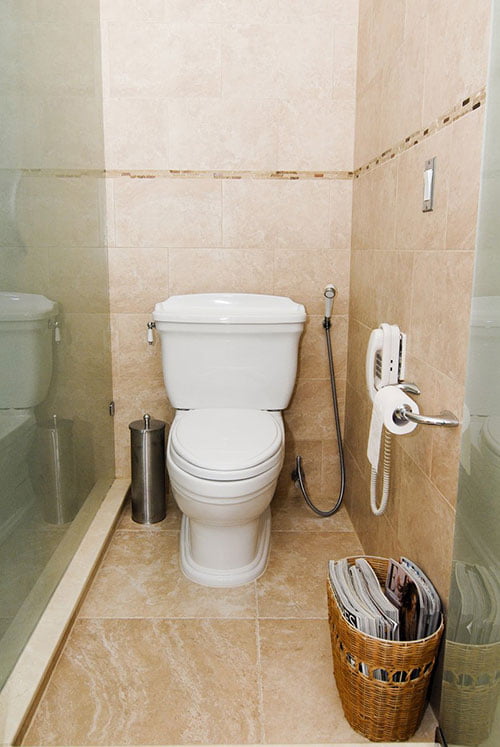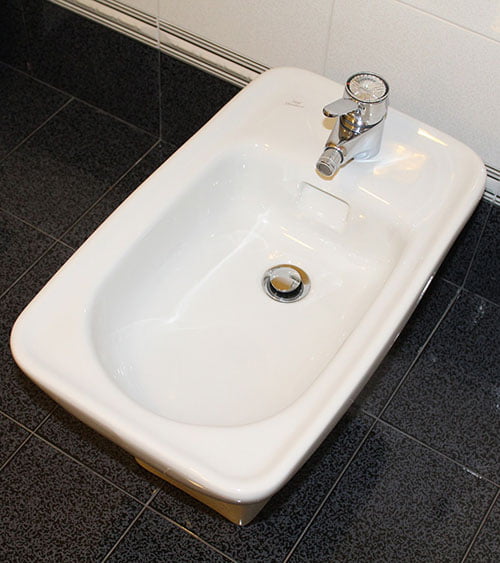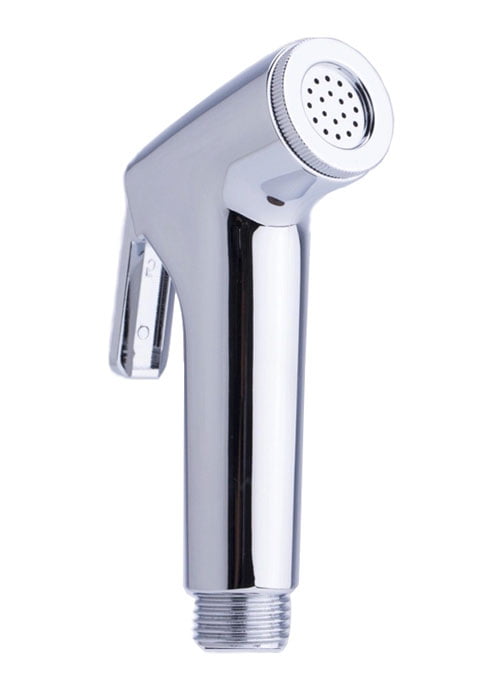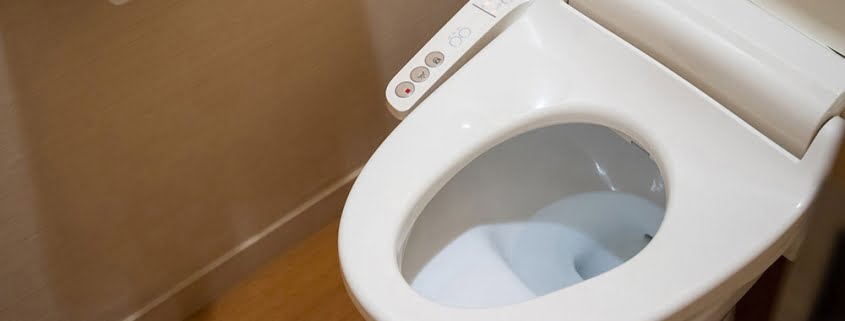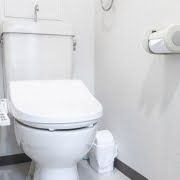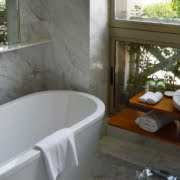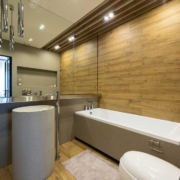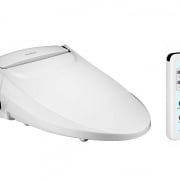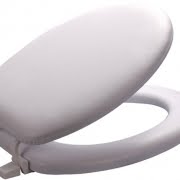Types of Bidets – which Bidet to Choose
An important aspect of renovating your home is to upgrade your bathroom. This does not always mean fancy lighting or decorative tiles around your bath. Rather, something as simple but useful as a bidet is often overlooked when upgrading your washing space. There are many types of bidets, this article will help you choose the best one for you.
What exactly is a bidet? A bidet is a fixture that allows you to wash up using jets of water after using the toilet. It may sound simple, but when you go shopping for a bidet to install in your bathroom you would be surprised at how many different types of these fixtures flood the market. So, how do you choose? Here are outlined the pros and cons of 8 major types of bidets. Read on.
Toilet Seat Bidet
A toilet seat bidet is nothing but a combination of a toilet seat and a bidet. The bidet is strategically placed at the bottom of the toilet seat and can be controlled using a remote control or a panel on the side. They can be either manual, or electrically operated.
Pros: It is an integrated feature and hence does not require any extra space in your bathroom. It is also easy to access and control using the panel.
Cons: Price ranges could vary based on the features. It could be confusing to pick the right features and you could end up spending more for features that you may not even use.
Handheld Bidet
It is a simple setup in which a hose is connected to the plumbing with a sprayer on the other end. The hose is placed close to the toilet so that you can easily access it.
Pros: Handheld bidets are easy to install and you may not even need to call a plumber for the setup. They are also less expensive compared to many other kinds of bidets. Additionally, you could connect the bidet to the warm water plumbing for a comfortable spray during winter months.
Cons: It could be a bit challenging to operate handheld bidets as you have to hold the hose in your hands and position it properly. This handling also raises some hygiene concerns. Moreover, it does not come with any luxury settings.
Ceramic Bidet
These are standalone bidets and are installed as separate units, usually close to the toilet. Imbibed with two sets of nozzles on the tap (for feminine and posterior wash), these are more conventional types of bidets.
Pros: Plumbing can be adjusted to include warm water and the tap allows the user to control the flow of the water easily. As these are age-old bidet models, their prices have lately been coming down.
Cons: These bidets require you to move from the toilet to a separate entity, making washing complicated and less hygienic. As this is a separate unit, it takes up additional space in your bathroom, too. Also, its looks are outdated making it not quite suitable for modern bathrooms.
Electric Bidet
An electric bidet is, of course, as the name suggests, operated by electricity. These bidets are typically fixed under the toilet seat and have many high-end features. You can operate such a bidet through remote control or panel buttons.
Pros: With a plethora of features, these bidets are for the luxury lover. This bidet allows you to change the water temperature and the water pressure and also heats the toilet seat through a mere press of a button. It often comes with additional features such as air dryer, air deodorizer, and self-cleaning options.
Cons: All of these features come at a hefty price and these bidets are complicated to install. Repairing them if anything goes wrong may also be cumbersome. Most importantly, these will not work if anytime there is a power outage in the area or a circuit fault in your house.
Portable Bidet
Also known as travel bidets, portable bidets are essentially water bottles with nozzle extensions at the top. All you need to do is fill the bottle from a faucet and then use the nozzle to spray for washing up. These are also available as battery-operated bottles.
Pros: As with anything portable, the USP of these bidets is that they are a boon for travelers and those who cannot use public restrooms for sensitive skins and other health issues. The battery-operated ones deliver a good spray as well, just like the bidet installed at your home.
Cons: You cannot prefill the bottle and use it later. Hence, access to a faucet is a must when using this bidet. These are difficult to use for those with disabilities as they need extra maneuvers.
Built-In Bidet
What if you want your bidet to be hidden from view yet be fully functional? You then go for the most modern type of bidet, which is the built-in bidet. These bidets are seamlessly incorporated within the toilet and run on electricity.
Pros: The best part of installing a built-in bidet is that it gives your bathroom a minimalist and modern look. They come with a lot of additional features such as air dryer, warming-up the seats, water temperature control, and more.
Cons: These are probably the most expensive types of bidets available in the market. Also, they have all the disadvantages of being run by electricity, aka, the complexity of installation, difficulty in repairs, and outage obstructions.
Over-the-Rim Bidet
Another conventional bidet, it is also a standalone unit but operates in a slightly different way. While a typical standalone bidet allows you to wash up with sprays, an over-the-rim bidet simply fills the fixture with water and enables you to sit inside the water to cleanse yourself.
Pros: These bidets are inexpensive and simple to install. Also, this kind requires only a simple faucet that it uses to fill itself up.
Cons: Using your hands to clean yourself might gross some people out, which is why this kind of bidet is not preferred in many modern households. Sitting in a bidet-bowl full of water also might be seen as less hygienic as compared to using sprays.
Bidet Toilet Attachments
While using toilet seat bidets or built-in bidets may provide a lot of features, they only fit a specific size of the toilet seat. Instead, you can use a bidet attachment on any toilet seat. No need to purchase a whole new toilet seat when you can simply attach a bidet to your existing one.
Pros: These bidets are cost-effective and easy to install. You get most of the conveniences of the toilet seat bidet without having to shell out a fortune. They are also more hygienic compared to handheld or standalone bidets.
Cons: Even though they are similar to toilet seat bidets, these attachments usually lack advanced features such as air drying, deodorizing, and temperature control.
Takeaway
While choosing a bidet for your bathroom, you must weigh-in several parameters such as cost, extra features, durability, complexity, and so on. But the most important feature you must evaluate is hygiene. To that effect, it is advisable to choose the more modern options such as a toilet seat bidet or a built-in bidet.
Of course, your final decision also depends on the look of your bathroom and the space it provides. Choosing the right bidet can provide your home with a more modern and convenient washing area.
